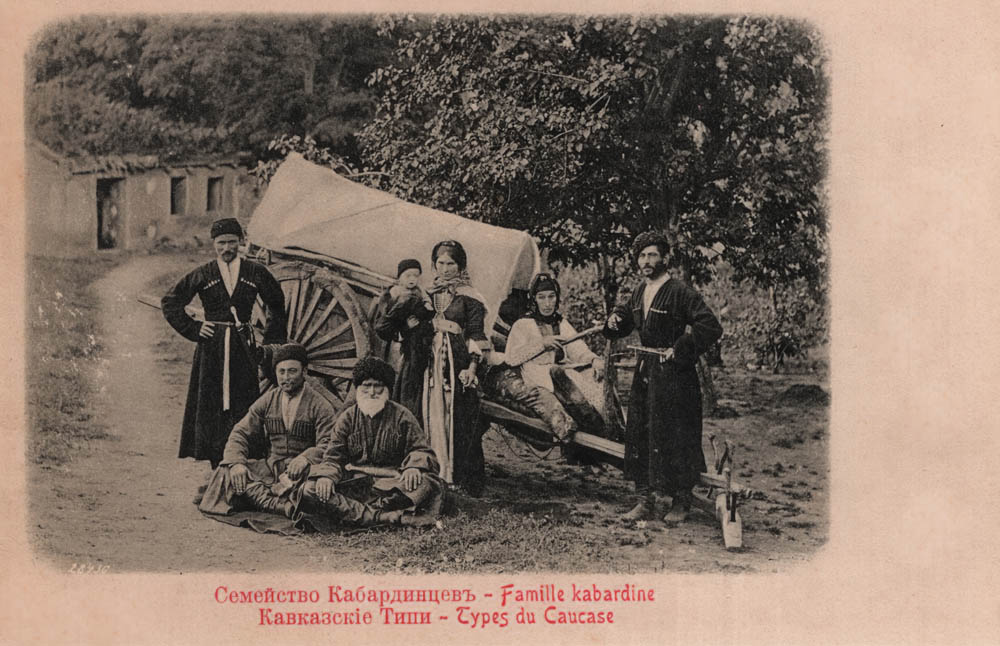According to the cultural and historical heritage of the Kabardian people themselves, the self-designation “Adyg” originated from the name of Edyge, Khan of the Golden Horde (1392–1419).
Having conquered this people, he gave them his own name.
As for the ethnonym “Kabarda,” some scholars link it to Idar Kabardey — a semi-legendary prince under whose leadership the people occupied the territories of the Terek River basin in the XV century.
The earliest cultural monuments discovered in the territory of historical Kabarda belong to the Maikop culture, which existed in the 4th millennium BCE.
The bearers of this culture were the direct ancestors of the Adygs.
The first mention of the Kabardians dates back to the X century, in the writings of Byzantine Emperor Constantine VII Porphyrogenitus (905–959).
In the XVI century, the Adygs — and Kabarda in particular — fell within the sphere of influence of the Ottoman Empire and its vassal, the Crimean Khanate.
From the XVI century onward, strong ties began to form with the Muscovite state, prompted by the existence of a common enemy.
An important role in establishing relations with the Grand Duchy of Moscow was played by the Kabardian prince Temryuk Idarov.
In 1552 he arrived with the first embassy to Ivan the Terrible.
In the following years, the Kabardians took part in the capture of Kazan (1552), Astrakhan (1554 and 1556), and Temryuk (1556).
The relationship was cemented in 1561 by the marriage of Ivan the Terrible to Temryuk Idarov’s daughter, who, after baptism, became Tsarina Maria Temryukovna (1545–1569).
In 1708, the Kabardians won a victory at the Battle of Kanzhal over the forces of the Crimean Khanate, after which Crimean raids on Kabarda ceased completely.
